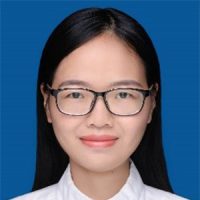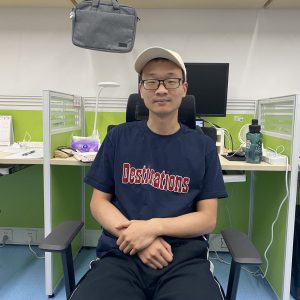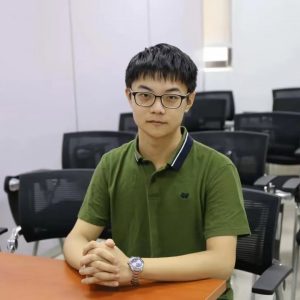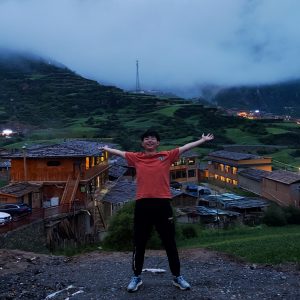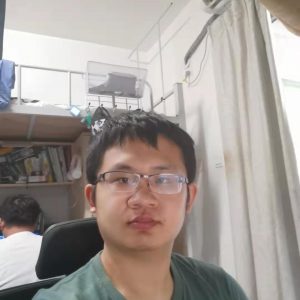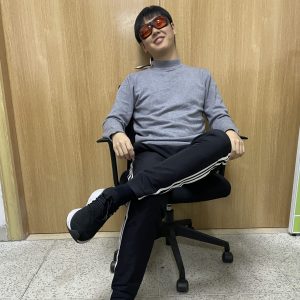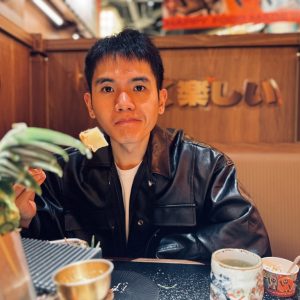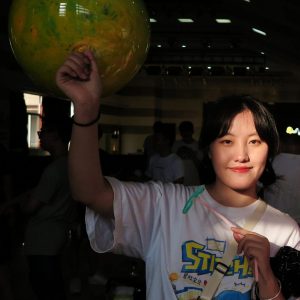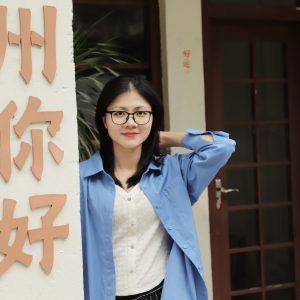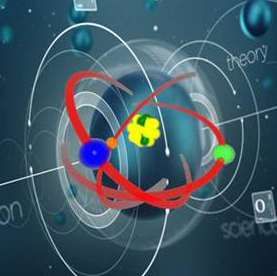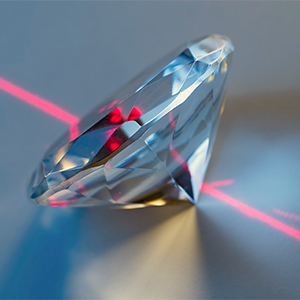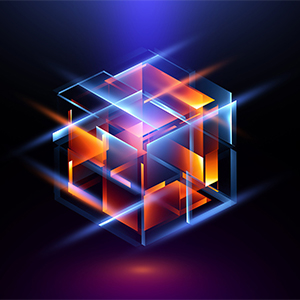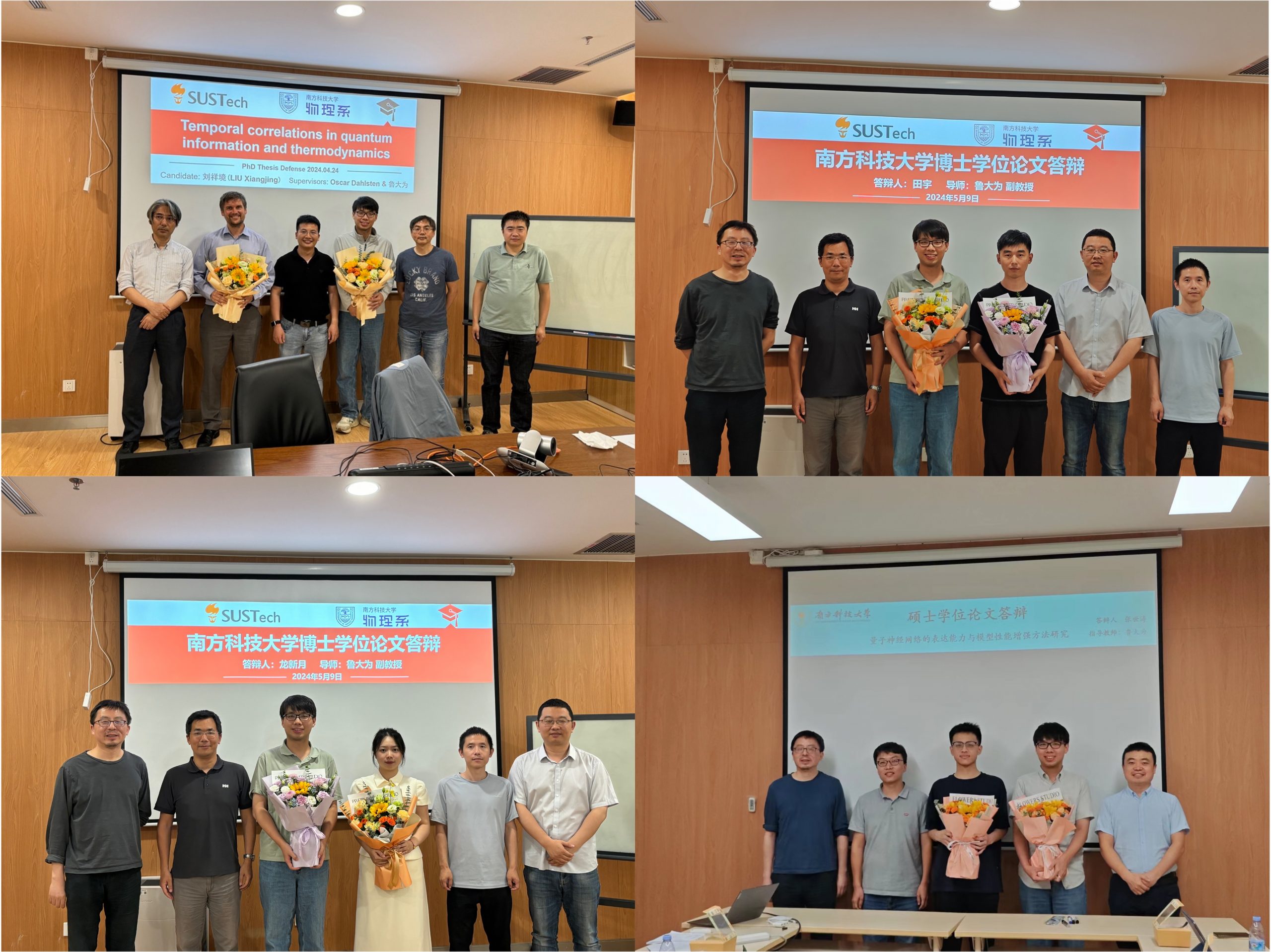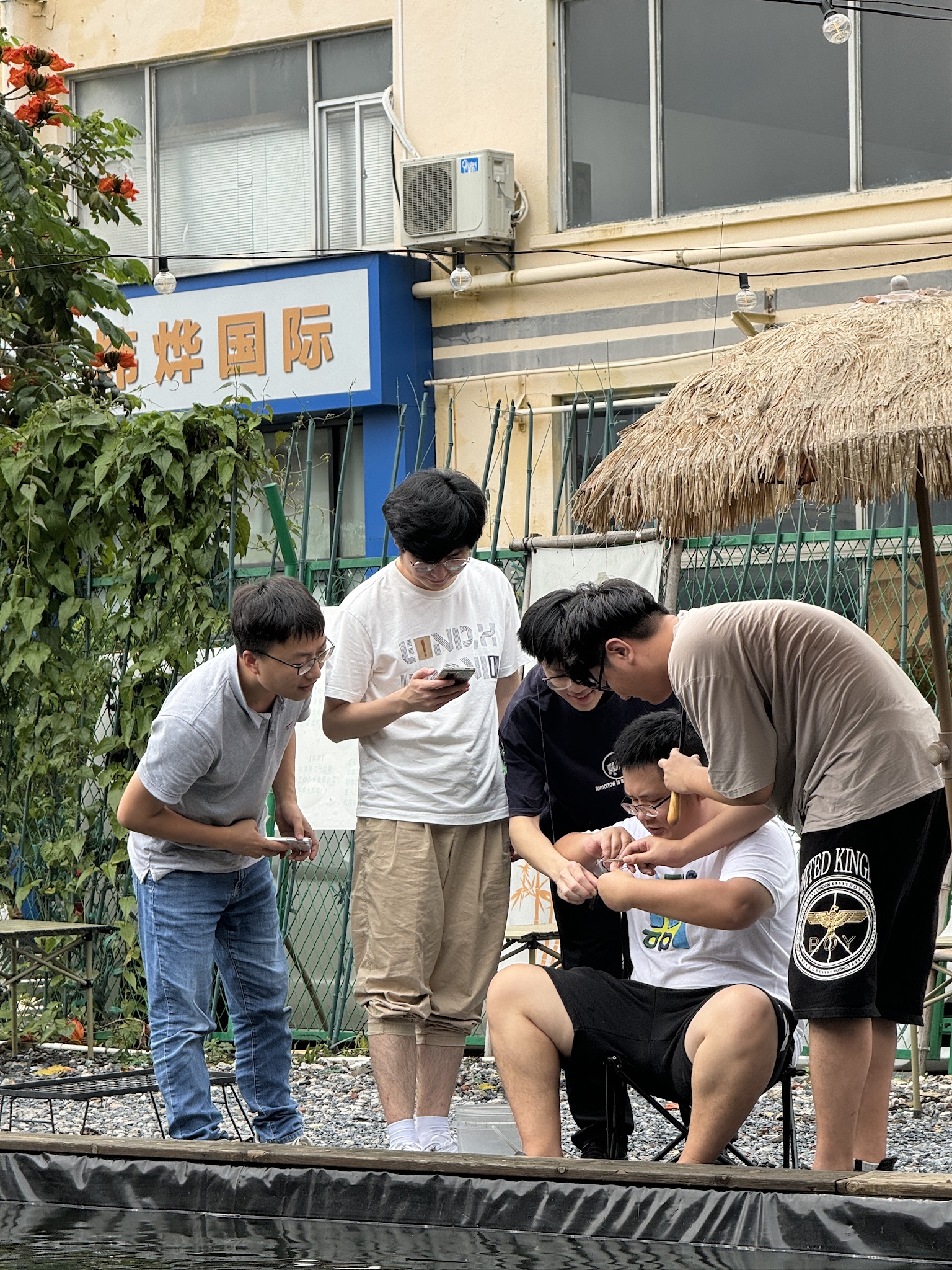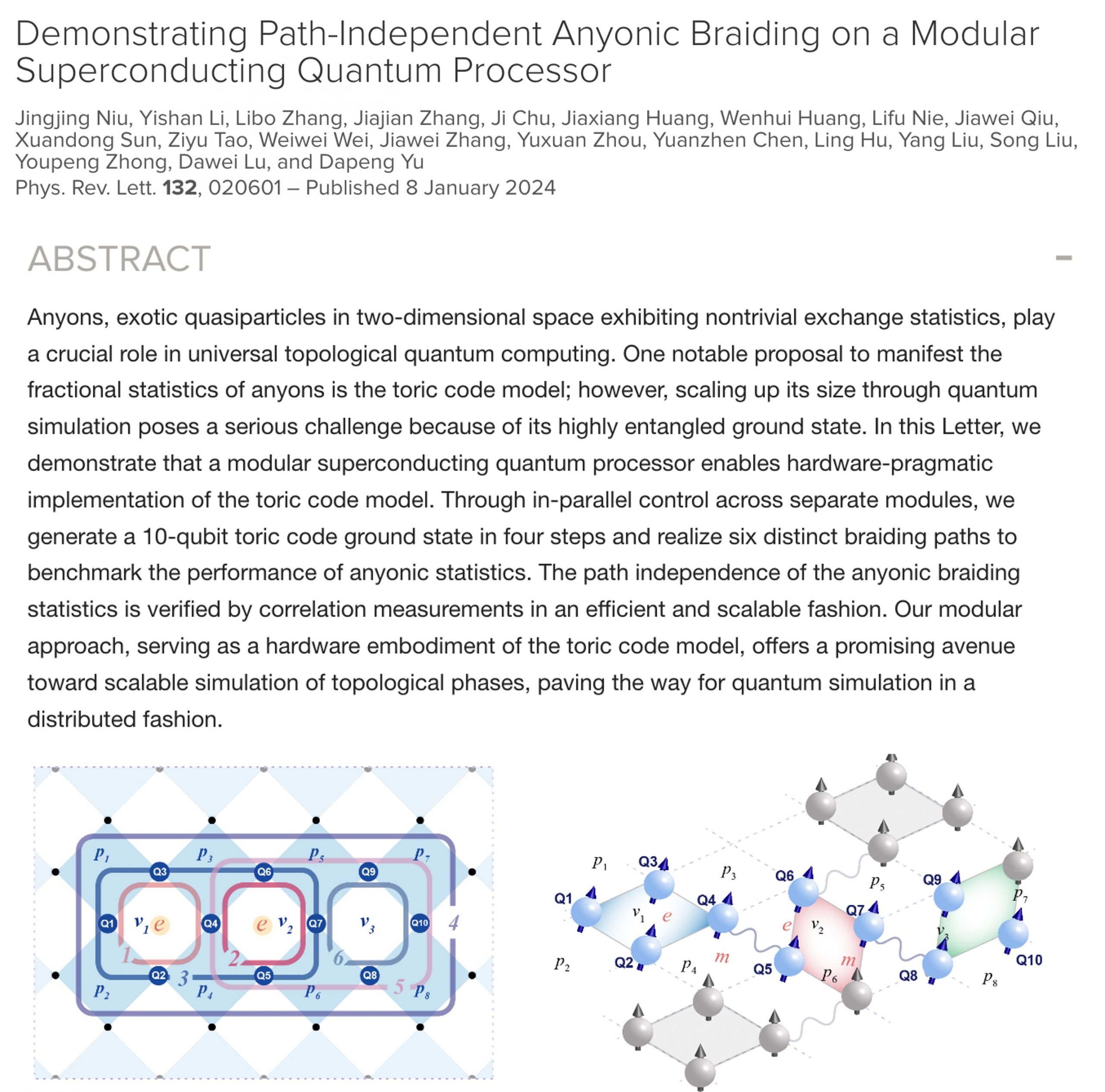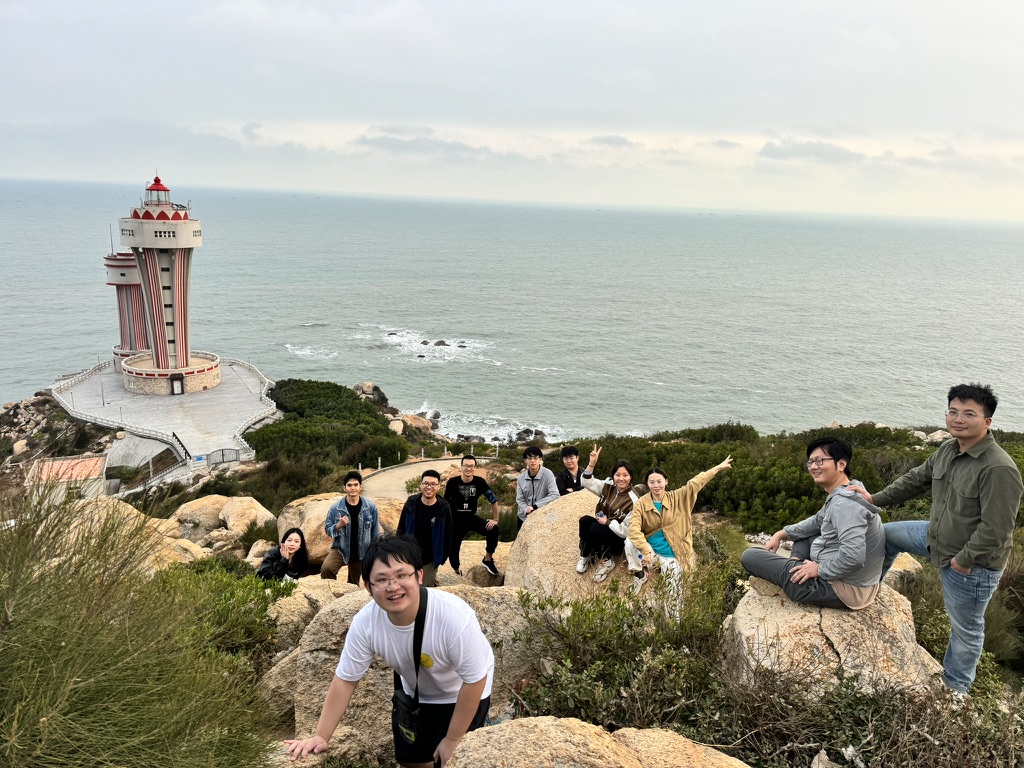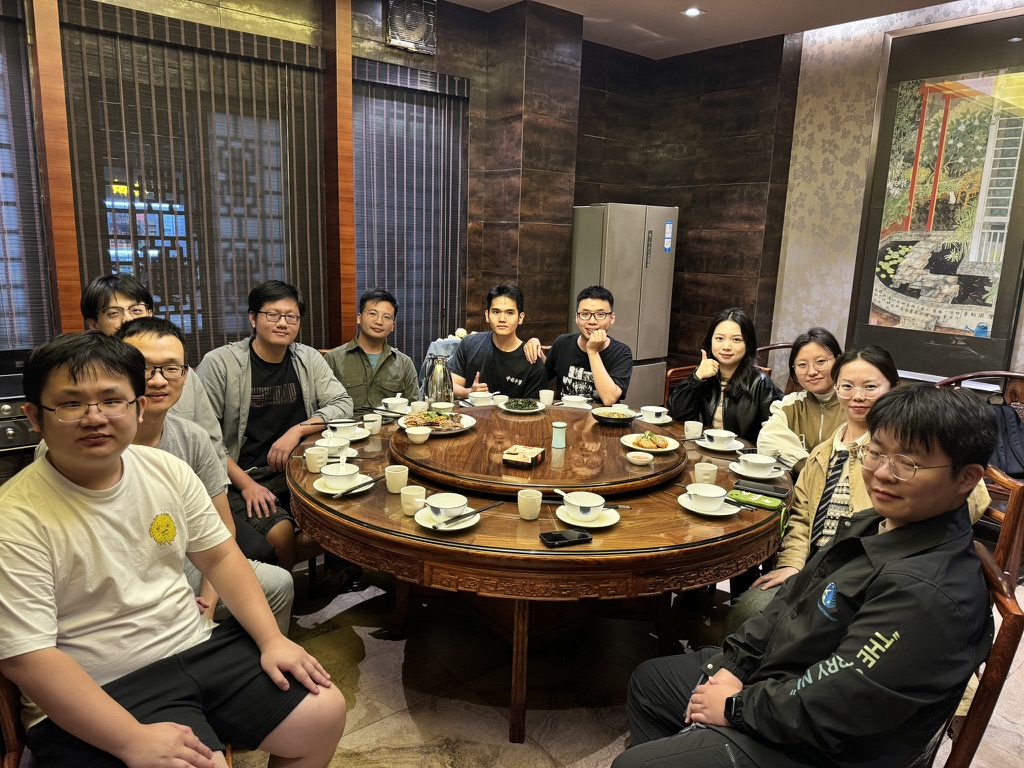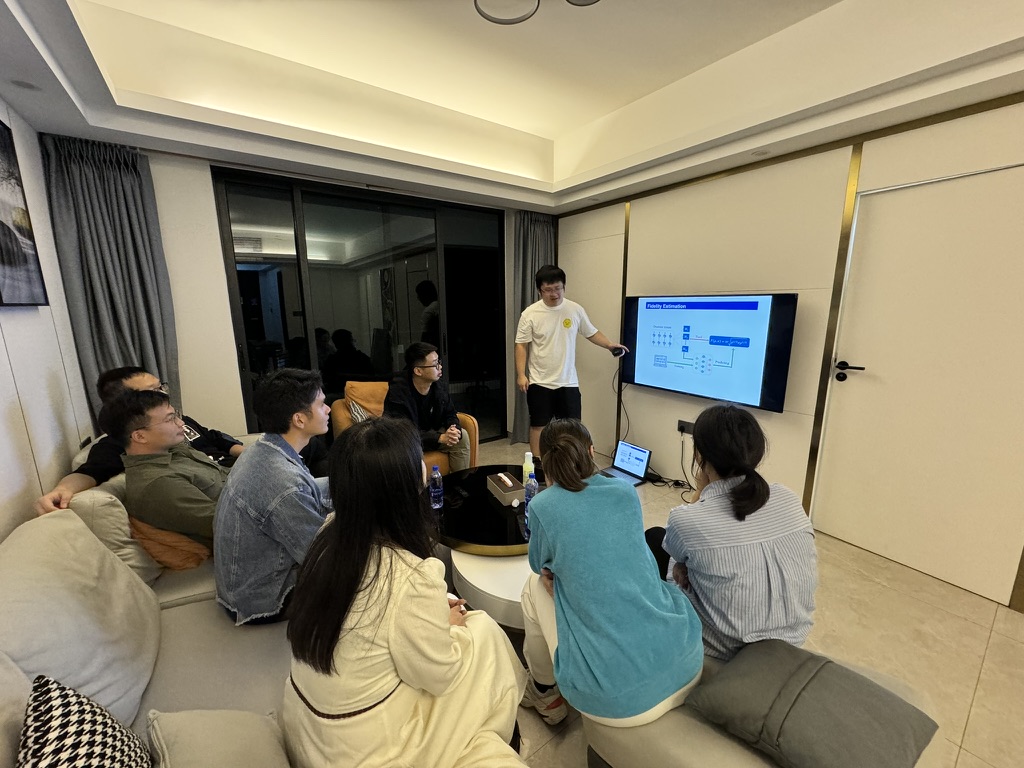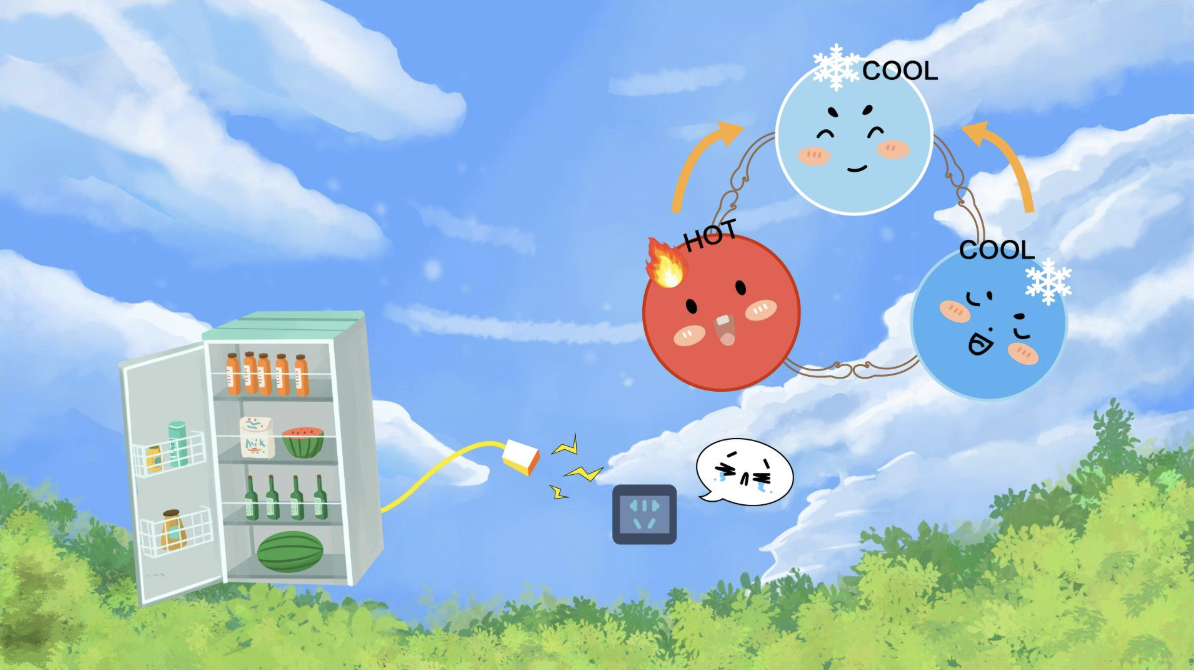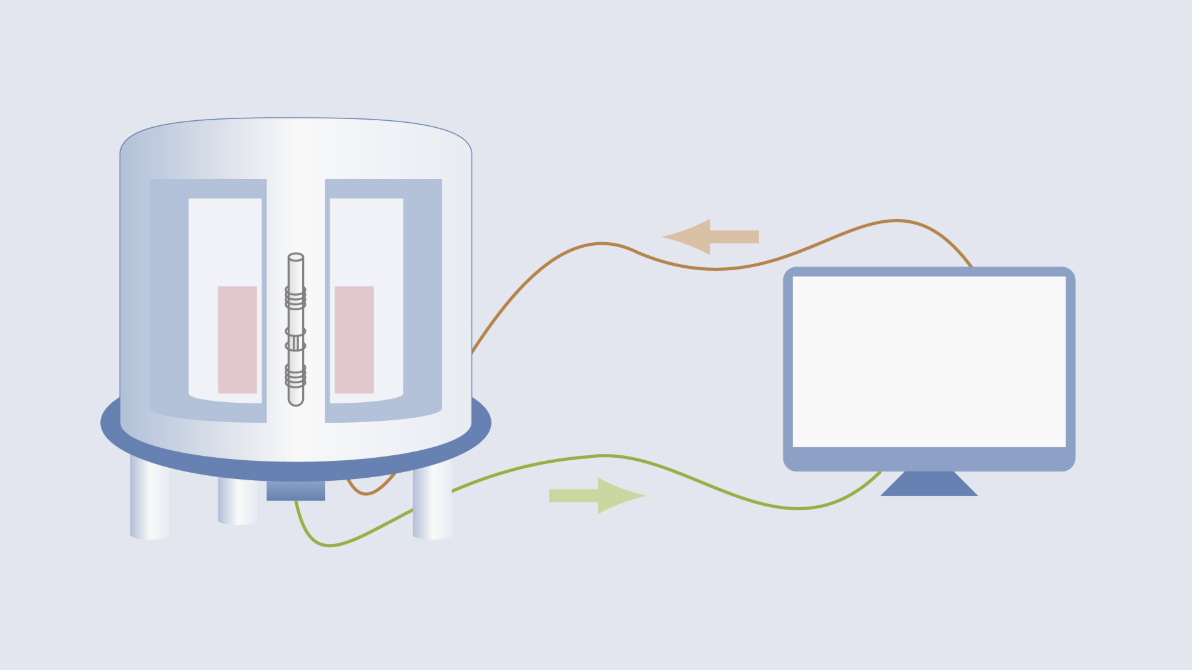In recent decades, along with the rapid development of quantum information science (QIP), great efforts have been made to develop quantum control theories and techniques. One major problem in building real quantum computers is to realize scaled quantum computation in practical systems, which requires not only the suppression of decoherence effects but also the capability of implementing complicated quantum networks in a scalable manner. For real physical systems, to achieve high fidelity quantum control the challenges include:
(i) to realize important QIP tasks (e.g., state engineering) against relaxation noises;
(ii) to implement more complicated quantum circuits on large-sized quantum systems.
In our research of quantum control, we focus on the following topics:
•Quantum optimal control. To steer the dynamics of a quantum system so that it undergoes some desired quantum operation. There exist many quantum optimal control algorithms, often producing very high accuracy control solution. But the scaling of most of these algorithms is a severe issue.
•Open quantum system control. Precisely characterizing and controlling realistic quantum systems under noises is a challenging frontier in quantum sciences and technologies. For example, dissipation tends to irreversibly affect the system dynamics, it brings about one dominant source for information loss and hence must be suppressed.
•Closed Loop learning quantum control. Closed loop learning control is a promising control model. Learning algorithm is the crucial ingredient, and relevant studies have been mainly focused on using gradient-based or stochastic searching strategies such as evolutionary algorithms.
•Robust quantum control. The ability to control and manipulate the dynamics of a quantum system in a robust fashion is key to many quantum technologies, e.g., robustness against detuning, control imperfections and system uncertainties. Common robust control techniques include dynamical decoupling, composite pulses, averaging Hamiltonian engineering, etc..
We shall develop the general quantum control methods, and seek their practical applications to various quantum information processing experimental platforms.



